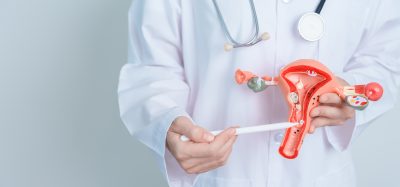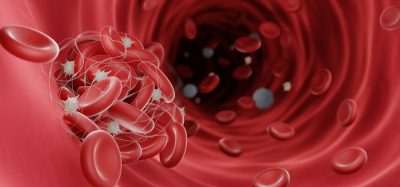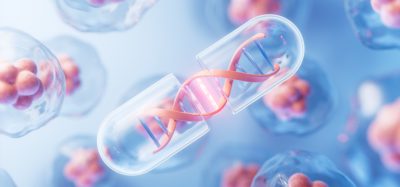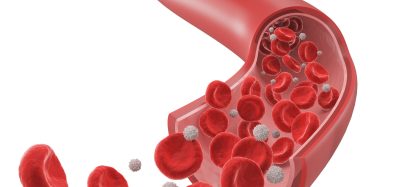3D bioprinting artificial organs could become quicker and easier
Posted: 15 June 2023 | Izzy Wood (Drug Target Review) | No comments yet
Novel 3D bioprinting process could save thousands of lives by streamlining the creation of tissue-compatible artificially engineered organs.
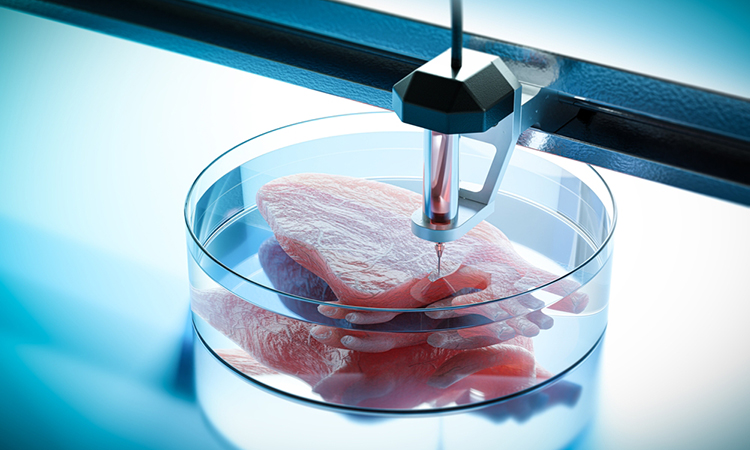

3D bioprinting has been used to save lives for many years but has so far failed to match body tissue – leaving patients awaiting natural organ transplants, dependent on immunosuppressants and prone to infection, as well as increased risk of cancer.
The University of Huddersfield is part of a 3D bioprinting research project that could reduce the cost and speed up the creation of tissue-compatible artificially engineered organs with the potential to save thousands of lives. Their research was published in Advanced Healthcare.
Creating microfluidic tissue overcomes this issue but is currently expensive and labour-intensive to manufacture. Dr Amirpasha Moetazedian from the University’s School of Computing and Engineering has been working alongside partners from the University of Birmingham and Polytechnic University of Milan, to develop an agile manufacturing pipeline that could cut costs and simplify the production process, making the wider adoption of microfluidics more likely.
Moetazedian explained how if they can produce the devices at a fraction of the cost it will open up an array of new opportunities: “Producing complex microfluidic devices at a fraction of the cost would open up new opportunities in a wide range of applications from tissue scaffolds, cell culture systems, body-on-a-chip devices, biochemical sensors and bio-catalysis”.
Associate Professor in Biomaterials and Biomanufacturing Gowsihan Poologasundarampillai, from the University of Birmingham, continued that organ transplantation has saved many lives and millions of pounds for the UK’s NHS but, every day, four people in the UK are still dying whilst on the waiting list.
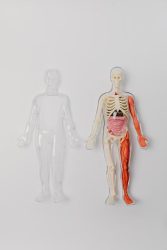

(Credit: Tara Winstead from Pexels)
“There is a dire need for artificially engineered organs and tissue grafts, that take successfully without the need for immunosuppression,” he said. “Our breakthrough will help to speed wider adoption of microfluidic-based 3D bioprinting for fabrication of blood vessels, tissues and organs, saving lives across the UK and beyond.”
The new manufacturing pipeline combines additive manufacturing with innovative design approaches to simplify and advance high-value manufacturing, whilst reducing the production cost by few folds.
Related topics
3D printing, Bioengineering, Bioprinting, Cell Cultures
Related conditions
Cancer
Related organisations
Polytechnic University of Milan, University of Birmingham, University of Huddersfield
Related people
Dr Amirpasha Moetazedian, Gowsihan Poologasundarampillai




